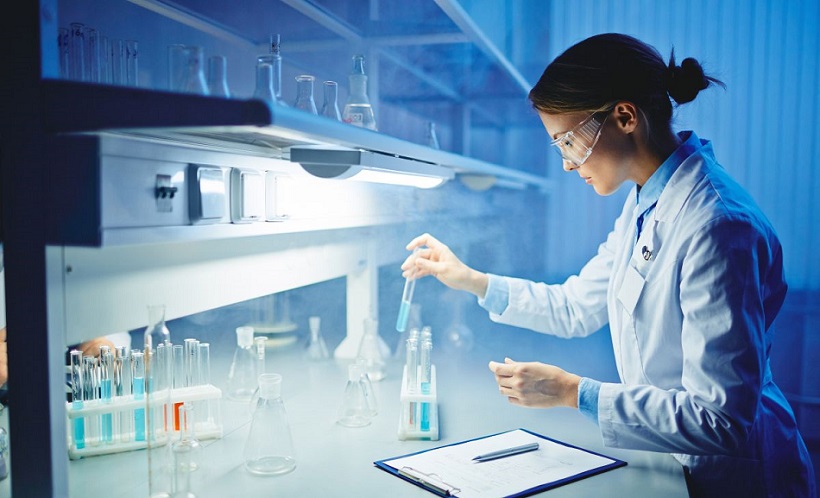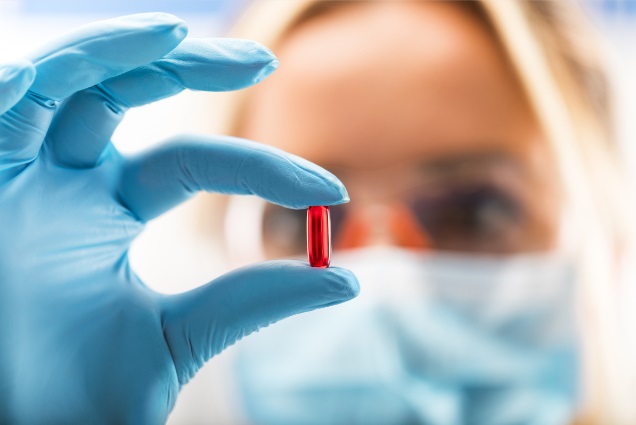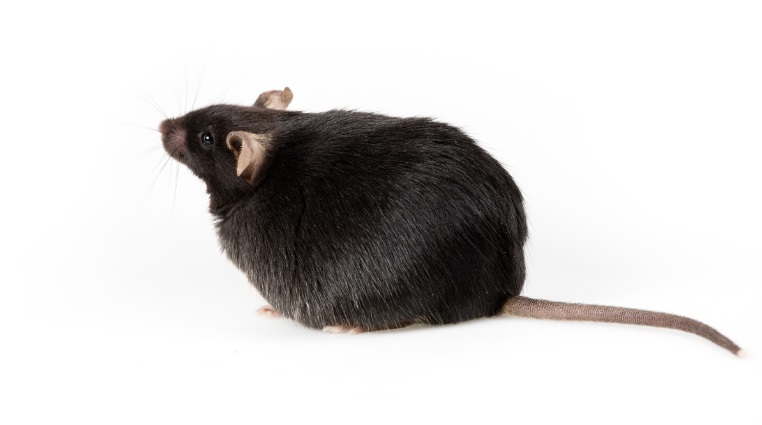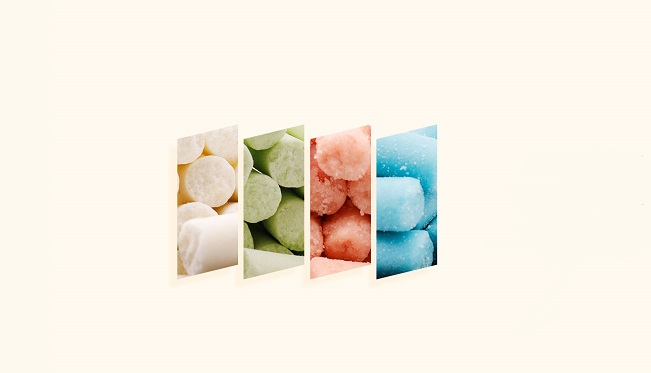In biomedical research, germ-free mice have a wide range of applications, including immunology, microbiology, geriatrics, pharmacology, radiation pathology and many other fields. In view of the special value of germ-free animals, the use of germ-free animals to publish SCI papers has increased rapidly in the world in recent years.
Germ-free mice are mainly obtained by aseptic cesarean section or aseptic embryo transfer, and maintained in aseptic isolator by aseptic feeding. Because germ-free mice do not carry any organisms inside and outside the body, the interference of organisms to the experimental results can be eliminated, so as to significantly improve the sensitivity and repeatability of the experiment, and help to explore the basic law of life activities.
Since the growth environment of germ-free mice is aseptic, the feed of germ-free mice must also be aseptic. At present, the mainstream sterilization methods used in feed industry are autoclaving and irradiation, but both of them have a certain impact on the nutrient content of feed.
The results showed that the feed could reach aseptic standard after autoclaving at 121 ℃ for 60 minutes, the loss of arginine, lysine, isoleucine and tyrosine was less than 25%, the loss of vitamin A, B1, B2 and B6 was more, and other nutrients had no significant change. After irradiation with 50kGy 60Co - γ rays, the feed could reach the aseptic standard, crude protein and methionine decreased significantly, vitamin A, E, B1 and B6 decreased slightly, and other nutrients had no significant change.
Because there is no microorganism in the intestines of germ-mice, they can not synthesize vitamin B and vitamin K by themselves. Therefore, we should pay special attention to the vitamin level in the diet of germ-free mice. Some researchers fed germ-free KM mice with irradiated AIN-93G diet, resulting in emaciation, prominent spine protrusion and dirty hair, while on the vitamin adjusted AIN-93G diet, the growth and reproduction of germ-free KM mice were normal. These studies showed that additional vitamins could meet the nutrient requirements of germ-free mice at each stage.
Nowadays, there are few studies on the nutrient requirements of germ-free animals in the world, and the conclusions of these studies are different. Based on the research status of germ-free animal cultivation and nutrient requirements, we need to do more research to determine a nutritional standard.
 Formula Design of Lab Animal Diets
Formula Design of Lab Animal Diets
 Instruction for Use of Additives in the Lab Animal Diets
Instruction for Use of Additives in the Lab Animal Diets
 Correlation between body weight gain and temperature in mice
Correlation between body weight gain and temperature in mice
 3 Common Problems in Using High-Fat Rodent Diets
3 Common Problems in Using High-Fat Rodent Diets